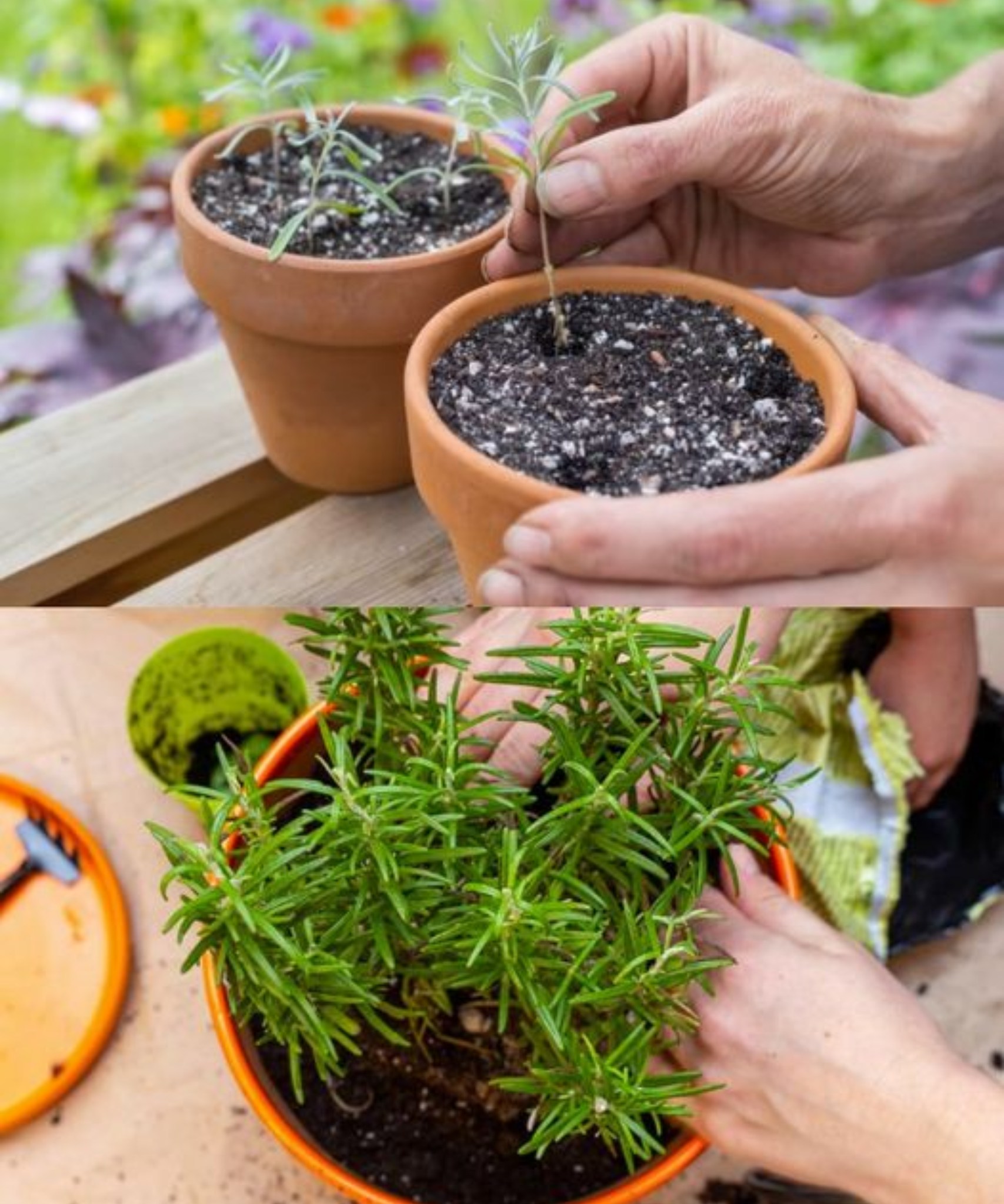Rosemary is a versatile, aromatic herb beloved by gardeners and chefs alike. Not only does it add a delightful flavor to culinary dishes, but it’s also praised for its ornamental and medicinal qualities. If you’ve ever wondered how to expand your rosemary collection without purchasing new plants, propagation is the answer. This simple guide will walk you through the process of propagating rosemary, allowing you to turn a single plant into dozens, ensuring a plentiful supply throughout the year.
Why Propagate Rosemary?
Propagation not only multiplies your rosemary plants but also rejuvenates older plants and ensures genetically identical copies of the best-performing specimens. It’s cost-effective and satisfying to see new plants thrive from the cuttings of your existing rosemary.
Choosing the Method
There are two main methods of propagating rosemary: cuttings and layering. Both are straightforward and yield excellent results.
Propagation by Cuttings
- Selecting Cuttings:
- Choose healthy, new growth that is not flowering. These parts of the plant are more vigorous and likely to root.
- Early morning is the best time to take cuttings when the plant is fully hydrated.
- Preparing Cuttings:
- Use a sharp, clean knife or scissors to cut about 4-6 inches from the tip of the branch.
- Remove the leaves from the lower two-thirds of the cutting to expose the nodes (where leaves attach to the stem).
- Rooting the Cuttings:
- Dip the cut end into rooting hormone powder to increase the chances of successful rooting.
- Insert the cutting into a pot filled with a mix of peat moss and perlite or sand, ensuring that the leafless part is buried.
- Water gently and cover the pot with a plastic bag to create a greenhouse-like environment, keeping the humidity high.
- Caring for Cuttings:
- Place the pot in indirect light; direct sunlight can lead to overheating.
- Keep the soil moist but not soggy. Vent the plastic cover occasionally to prevent mold.
- Roots typically develop within 4-8 weeks. Once the cuttings have rooted, gradually acclimatize them to normal conditions before transplanting.
Propagation by Layering
- Selecting a Branch:
- Choose a long, flexible branch that can easily be bent down to the ground.
- Preparing the Branch:
- Make a small nick in the stem where it touches the ground to encourage rooting.
- Apply rooting hormone to the injured section to enhance root growth.
- Securing the Branch:
- Bend the branch down to the soil surface. Bury the section with the nick several inches deep, leaving the tip exposed.
- Secure the buried section with a stone or a wire staple to keep it in contact with the soil.
- Caring for Layered Branches:
- Keep the soil consistently moist.
- Roots should form by the end of the growing season. Once established, sever the new plant from the mother plant and transplant it.
Aftercare for Propagated Plants
Whether you choose cutting or layering, the new rosemary plants will benefit from a light fertilizer application once they are established. Protect them from extreme temperatures and gradually introduce them to more direct sunlight.
Conclusion
Propagating rosemary is an enjoyable and productive gardening activity. By following these steps, you can expand your rosemary garden and enjoy an endless supply of this wonderful herb. Whether you use the cuttings or layering method, the result will be healthy new plants that carry all the characteristics of the original.
